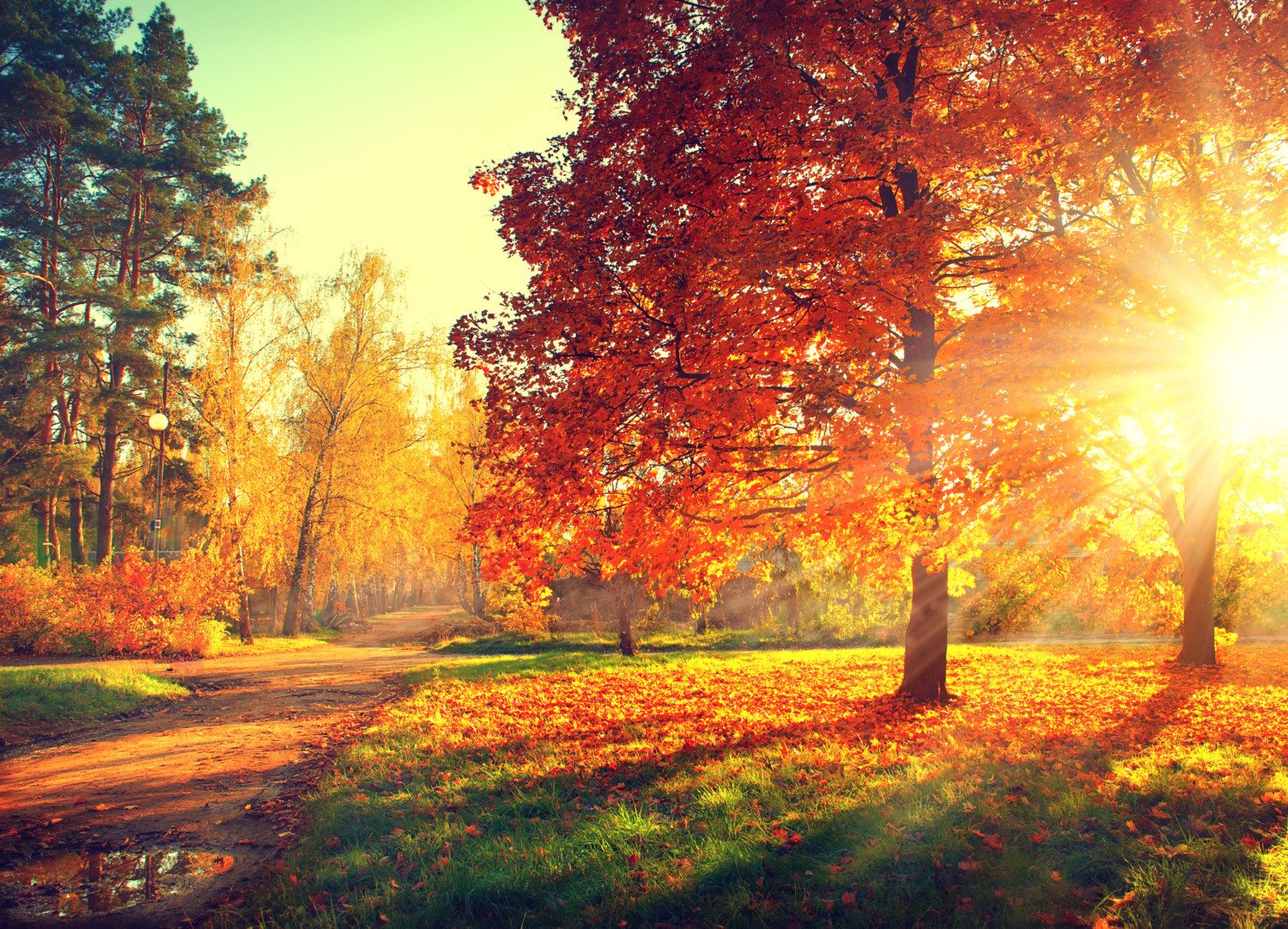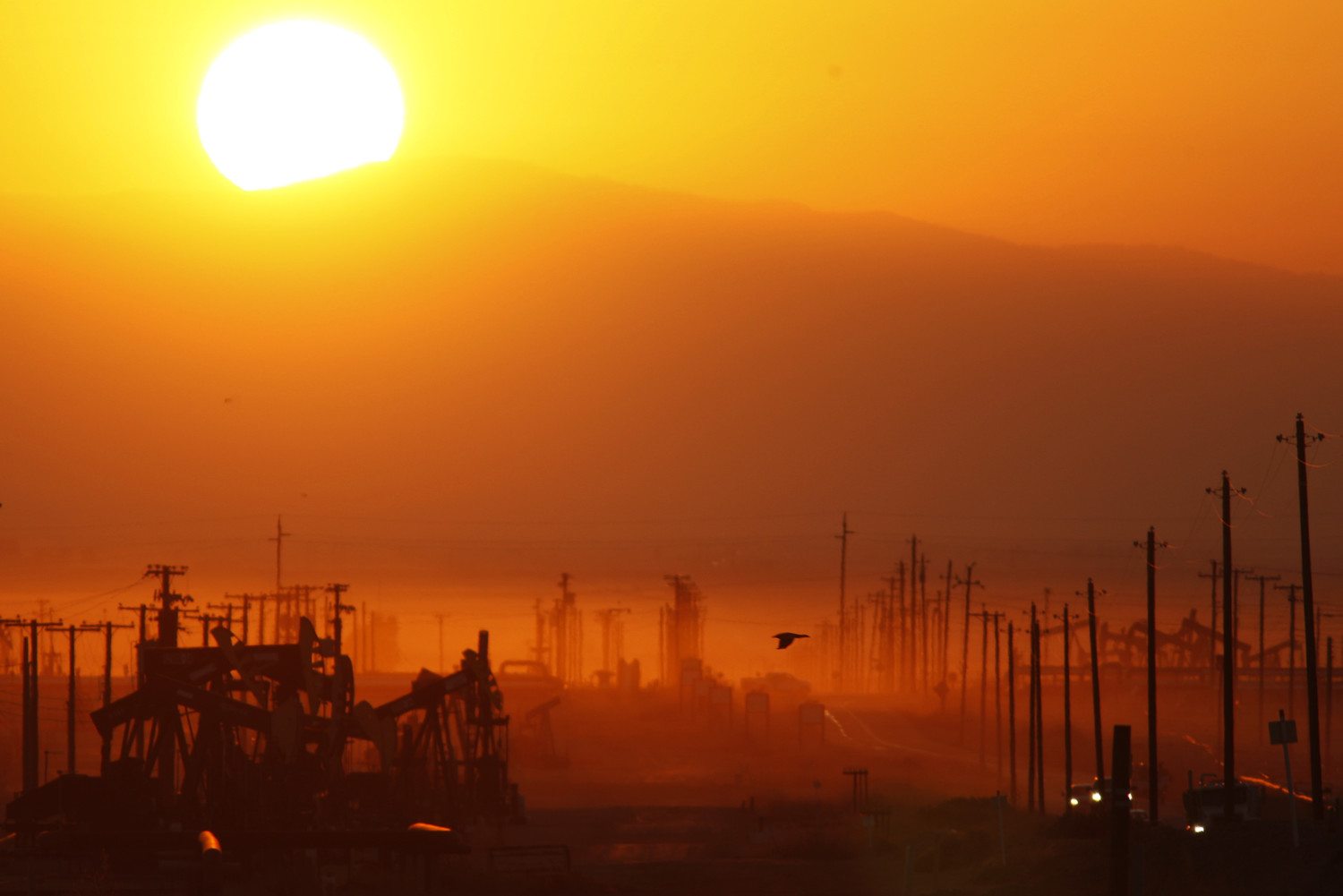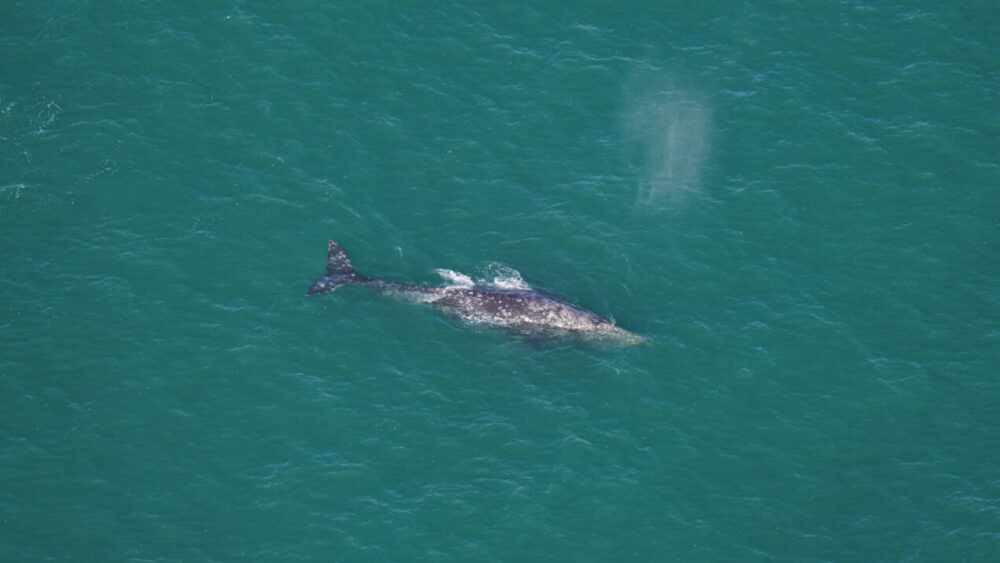Experts say fall 2017 is going to be unusually hot

If you think of fall as the perfect time to curl up by the fire with a steaming cup of hot apple cider, you might want to revise your plans this year.
According to The Weather Channel, most of the country should ready themselves for above-average temperatures from September through November.
The exception is the Pacific Northwest, which will likely experience normal to cooler-than-average temperatures. This map shows a breakdown of the type of weather each part of the country can anticipate.
Temperatures for many this fall will be near or above average. We break down each month individually here: https://t.co/dWaZFUzwpp pic.twitter.com/nNEz5d8y62
— The Weather Channel (@weatherchannel) July 17, 2017
As for rain? The three-month forecast shows that parts of Alaska, as well as the American Southwest and South, will have more rain than they typically do during the late summer and early fall, while parts of the Pacific Northwest are expected to have less rain than usual during that time.
Sounds like you may have warm trick-or-treating weather this year, though you may have a wet one depending on where you live!
What’s Behind The Balmy Temperatures?
One factor is that the development of El Niño is not likely to occur this fall and winter.
“It appears as though the weak attempt at El Niño has failed, and latest models and observations suggest that the La Niña base state is here to stay,” Todd Crawford, chief meteorologist with The Weather Company, told The Weather Channel.
El Niño is associated with warmer Pacific Ocean temperatures, which leads to warmer and sometimes wetter weather in certain parts of the U.S. La Niña is associated with cooler ocean temperatures, and cooler temperatures in certain parts of the country—but warmer temperatures in the southeastern U.S., according to the National Ocean Service (NOAA).
It should be noted that the ocean temperature patterns are not the only element to influence the weather we end up experiencing.
Global climate change also likely plays a role, as temperatures all over the world spike. This June was 1.4 degrees Fahrenheit above the 20th-century average, according to Jake Crouch, a climate scientist at NOAA’s National Centers for Environmental Information-Climate Monitoring Branch. It was also the third-warmest June on record—only June 2015 and June 2016 were warmer. In fact, at just over the halfway mark, 2017 is currently on pace to be the second-hottest year on record. (The hottest year on record is 2016).
Global carbon emissions have slowed down recently, but the gas lingers in the atmosphere and drives up temperatures. So, there’s not a direct correlation between the carbon emissions and temperatures in single year.
“The annual increase is still above 2 [parts per million] per year. I think that is directly linked to the fact that CO2 emissions from fossil fuel burning and cement production are also at a record high. That is directly linked,” Pieter Tans, lead scientist at NOAA’s Global Greenhouse Gas Reference Network, told Scientific American. “Now, the temperature increase is also directly linked to high CO2, but maybe not on a year-to-year basis.”
RELATED: Things Are Literally Melting In The Heat In Arizona
No matter the cause, it seems like warmer weather is here to stay for much of the country, so don’t pack away those swimsuits just yet!









